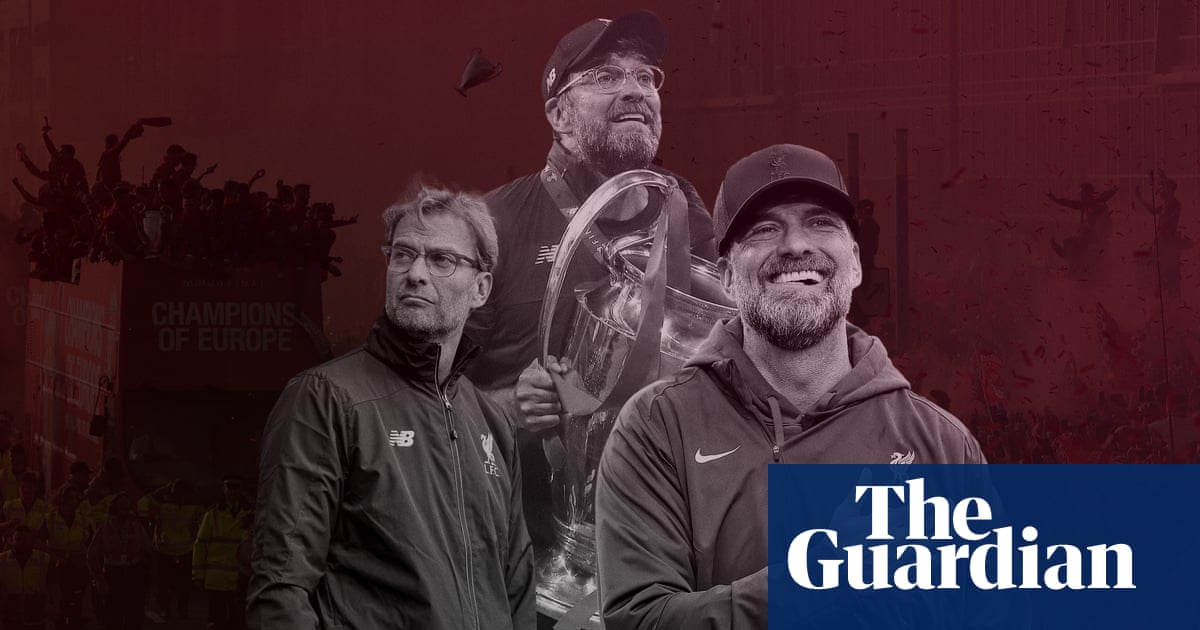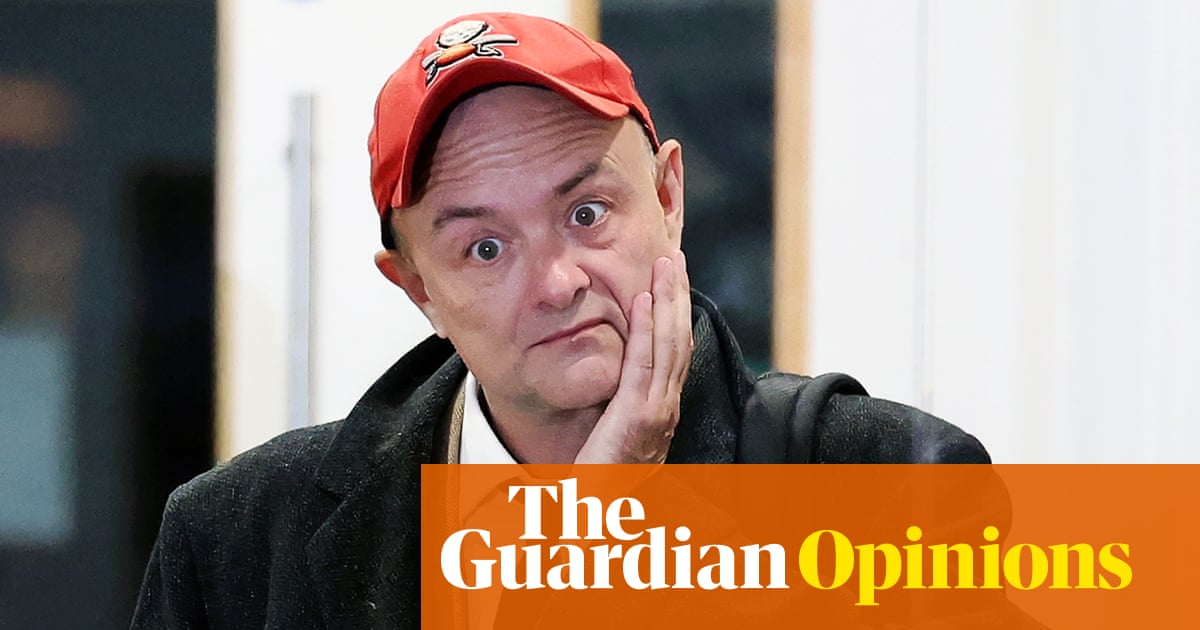
Wolfgang Tillmans and I talk on the phone on 23 June, which he calls the “fifth anniversary horribilis”, referring to the Brexit vote. He’s at home in Berlin: a day later, he will travel to the UK to install his new exhibition, Moon in Earthlight, in the seaside town of Hove. To conform to Covid protocols, he’ll be doing it on his own, without his usual assistants, carefully placing his photographic images around the space – a former Regency flat owned by his gallerist Maureen Paley.
These photographs range from an image of wet concrete pouring out of a nozzle to one of a root’s tendrils creeping along a gap in the pavement. They are presented in a variety of formats, from huge printouts suspended on bulldog clips to small photographs tacked to the wall. Like all his shows, Moon in Earthlight will serve as an installation in its own right, a manifestation of Tillmans’ tender scrutiny of the universe. It also includes a collection of astronomical yearbooks dating back to 1978, when the artist was a stargazing 10-year-old.
“Mm!” he says. “It was the first passion in my life. I spent days and nights observing the sky or the sun and its sunspots. What it taught me was the importance of observation and that whatever you’re looking at is always a little bit at the limit of visibility. Like, is this a blur or a star?” One image, an amber blob on a computer screen, depicts exactly that. It’s the view from “a very large telescope in Chile. The fantastic pictures that we see by Nasa are processed, developed pictures that once looked like that screen. I asked the astronomer, ‘So what is this?’ And he said, ‘That’s a galaxy.’”
Tillmans’ work seems driven by an insatiable curiosity. He made his name in the 90s, photographing everything from Concorde to jeans drying on a radiator with a singular, searching perspective, winning the Turner prize in 2000 and going on to exhibit in the world’s heavyweight art institutions (his postponed show in New York’s MoMA, To Look Without Fear, will now take place in September 2022). Some of his portraits have become familiar even to non-gallery-goers: for instance, the shot of a green-haired Frank Ocean in Tillmans’ shower, which became the cover of Ocean’s 2016 album Blonde.
Sometimes Tillmans’ subject is just the reaction between light and photographic chemicals. Saturated Light (Silver Works), a collection of abstract images, was made by feeding photographic paper into a printer. Despite this plethora of modes (and he makes music, too, including a club banger, Can’t Escape Into Space, released this Friday in a remix by DJ Honey Dijon) his work usually reveals something of Tillmans himself, from his political beliefs to his sexuality, and, above all, his sense of playfulness. One image in the new show is called Animalistique, and shows him crawling naked by the sea on New York’s gay holiday spot Fire Island. Nice tan, I say. “It’s just the camera exposure,” he replies with a smile. “I try to stay out of the sun normally.”
Given his urge to explore, and his obsession with the interconnectedness of things, was lockdown challenging? “In Berlin, there was never a lockdown [so strict] you couldn’t leave the house. So I spent a lot of time walking and observing the seasons. The transformation that happens between March and May is immense – I hadn’t experienced it in a solid block of time since I was at school. That was powerful and interesting. But as we got into the second and third waves, it all got a little less interesting.”
It’s no surprise that Tillmans got bored: he is by nature a man about town. His pictures hang on the walls of Berghain, Berlin’s famous techno club; he was a regular at Adonis, the riotous monthly gay night in London; and I first met him in 2002, dancing to electroclash in a Soho sweatbox now flattened by Crossrail. Has he missed clubbing? “No, not at all,” he says, deadpan. “I prefer a cup of tea.”
He laughs. “I feel out of practice in terms of moving among people without fear, the way you bump into each other and rub shoulders. Giving each other an elbow instead of a hand is funny and nice, but after 16 months it gets inscribed in our behaviour. I hope this won’t be the start of a pre-emptive inhibition in us. But I was reminding myself that in the pandemic paintings by Bruegel, and other painters from the 1400s, showing village fetes, lots of people are very close together at a time when there was no penicillin. Humans just senselessly long to be together. We need to feel other bodies nearby. I hope the deprivation won’t last much longer. We don’t know what it has done to young people who can never relive being 16. Let’s hope we get on a dancefloor soon.”
He calls Covid “the second viral pandemic of my life” – the first being Aids, the illness that in 1997 claimed the life of his partner, painter Jochen Klein, when Klein was just 30 and Tillmans 29. “With the very big difference of Covid not having any stigma and that, from day one, the entire economy and politics of the world put their efforts into curing it. This year is the 40th anniversary of Aids, and there is still no vaccine, which is due to the particular nature of HIV. But I think any anti-vaxxers [should remember that] all the people who died of HIV and Aids-related causes would have loved to take any vaccine possible.”
Tillmans’ work often expresses the transience of things, whether it’s entire civilisations (there is a picture of the pyramids in the new show, positioned on its side to subvert “the supposed certainty they radiate”) or the fleeting joy of a nightclub snog. As well as his experience of Aids, he credits this sense of precariousness to being born in Germany in 1968, just 23 years after the end of the second world war – the same distance, he points out, that 1998 is from us now. “When you think how unthinkably horrible conditions and ideology were at the heart of Europe, it’s amazing that the civil rights revolution of the 60s could happen so soon afterwards and that things could change so dramatically for the better. But somehow it also made me realise things can go into reverse – that any advances that I enjoyed in my life can never be taken for granted and need to be defended.”
It’s something he saw up close this month, having opened an exhibition in Budapest, Hungary, just a fortnight before Viktor Orbán’s regime passed a law banning representations of LGBTQ+ people on TV before children are in bed, or in materials used in schools. “In systems that are going autocratic,” says Tillmans, “the autocrats need to establish enemies within instead of focusing on the problems that society really has.” On a protest march in Budapest, he noticed some people were waving EU flags to signal their opposition to the anti-gay law. “It was touching to see that, despite all its shortcomings, the EU is seen as a hope, as an ally for a free society.”
As a German who first came to the UK as an exchange student in 1983, and who later studied in Bournemouth and lived in London, Tillmans campaigned hard against Brexit. “When you consider how grave the consequences are,” he says, “it’s striking how inactive people were. There was one demonstration a year after the vote, where there were a million on the streets, but that was just way too late.” He’s aghast with the Brexit we’ve ended up with – leaving the customs union and the common market, “so you can change some fantasy laws, the shape of your plugs, I don’t know. It’s a particularly British obsession, this idea of European cooperation as rule-taking.”
Did it show him a side of the British character he hadn’t seen before? “The depth of exceptionalism has surprised me,” he says. “Certain characteristics that all my life I saw as humorous or quirky are actually quite serious. I guess the colonial experience of being a rule-giver was deeply ingrained. To have your cake and eat it isn’t an experience that is considered normal elsewhere. There’s an amazing British quality in building ideas into a phenomenon, like in pop music. Britain is a unique creator of fictions and realities through that, but to see the whole country and identity be subject to a fiction was a bit sad. I believe the UK has benefited from contact with the continent, and so it is upsetting.”
It’s also antithetical to Tillmans’ whole ethos – piecing together connections rather than ripping them apart. The overarching subject of the new show, he says, is “forms of human activity. The picture of the Queen’s golden jubilee from 2002 or a sexual health clinic education kit in a refugee camp in Kenya, and then the pyramids and then a sink with two weeds growing out of it. And pictures of nightlife interspersed. It’s a fascination with the shapes and forms that us humans create organising our lives, and then pictures of the larger setting that this is in – space.”
No wonder he hated Brexit. Set against Tillmans’ all-enveloping vision, it seems very small indeed.
Wolfgang Tillmans: Moon in Earthlight is at Morena di Luna in Hove on Saturdays and Sundays from 3 July to 5 September.












